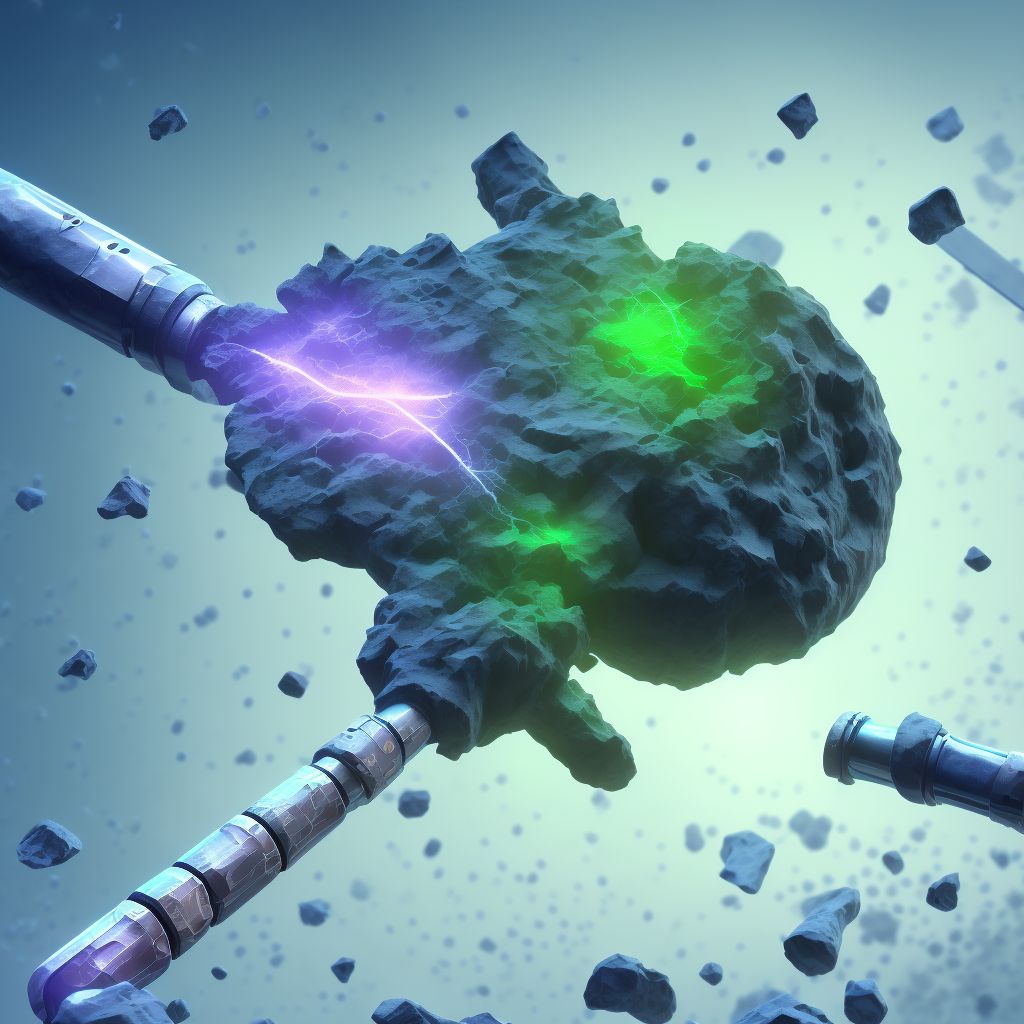
Nondisplaced oblique fracture of shaft of unspecified fibula, subsequent encounter for open fracture type IIIA, IIIB, or IIIC with delayed healing Save
ICD-10 code: S82.436J
Disease category: S82.436: Nondisplaced oblique fracture of shaft of unspecified fibula
Nondisplaced Oblique Fracture of Shaft of Unspecified Fibula: Understanding the Healing Process
Fractures can be painful and disruptive, but with proper care and attention, they can heal effectively. One type of fracture that requires special consideration is the nondisplaced oblique fracture of the shaft of the unspecified fibula. In this article, we will explore the process of healing for this type of fracture, specifically focusing on cases where open fracture types IIIA, IIIB, or IIIC are present and delayed healing occurs.
1. Understanding the fracture: A nondisplaced oblique fracture of the shaft of the unspecified fibula refers to a break in the bone that is angled but has not shifted out of position. The fibula, located on the outside of the lower leg, is prone to fractures due to its exposed position.
2. Subsequent encounter for open fracture: In some cases, the initial encounter with this type of fracture may involve an open fracture, which means the bone has pierced the skin. This can lead to a higher risk of infection and delayed healing.
3. Delayed healing: When the healing process takes longer than expected, it is referred to as delayed healing. The severity of the open fracture (IIIA, IIIB, or IIIC) can contribute to this delay, as it often requires more extensive treatment and care.
- Factors affecting healing: Several factors can influence the healing process, including the patient's age, overall health, and the presence of any underlying medical conditions.
- Importance of medical supervision: It is crucial for patients with this type of fracture to receive regular medical check-ups to monitor the healing progress and ensure any complications are addressed promptly.
- Supportive measures: While we won't discuss treatment in detail, it's important to note that supportive measures like immobilization, rest, and physical therapy may be recommended to aid in the healing process.
In conclusion, a nondisplaced oblique fracture of the shaft of the unspecified fibula, especially when accompanied by open fracture types IIIA, IIIB, or IIIC, can lead to delayed healing. Understanding the healing process and seeking appropriate medical supervision is crucial for a successful recovery. Remember, always consult with a healthcare professional for personalized advice and treatment options.
Treatment of Nondisplaced oblique fracture of shaft of unspecified fibula, subsequent encounter for open fracture type IIIA, IIIB, or IIIC with delayed healing:
Treatment Options for Nondisplaced Oblique Fracture of the Shaft of Unspecified Fibula, Subsequent Encounter for Open Fracture Type IIIA, IIIB, or IIIC with Delayed Healing
Dealing with a nondisplaced oblique fracture of the shaft of the unspecified fibula can be challenging, especially when it is followed by an open fracture type IIIA, IIIB, or IIIC with delayed healing. However, ...
To see full information about treatment please Sign up or Log in